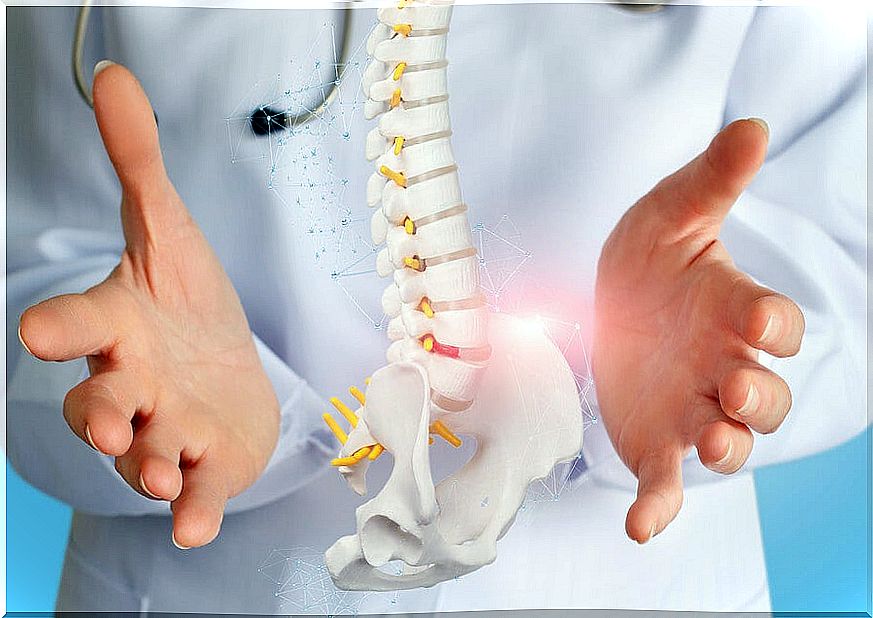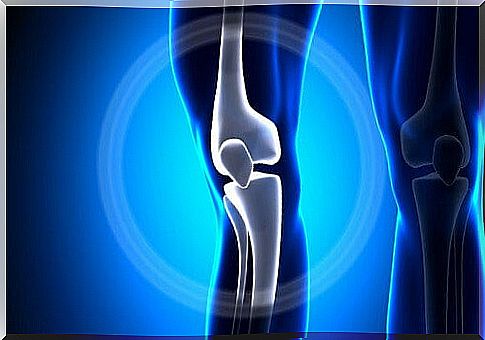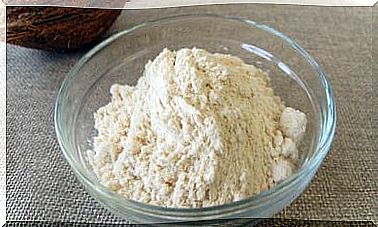Tips To Follow To Prevent Osteoporosis
Osteoporosis occurs mostly in older women and causes bones to weaken and become brittle. Learn about its causes and possible ways to prevent it.

Osteoporosis is a condition in which the bones become so fragile that they are prone to fracture easily. Often, it usually appears during the elderly, although it can also occur in younger ages due to diseases, lifestyle factors, among others.
If your doctor’s prognosis is that you have weak bones, it is essential to take steps to improve bone health and reduce the risk of this disease. Consuming calcium, exercising, not smoking, not drinking excessively, and performing bone density tests are necessary changes to improve quality of life.
Next, we share 3 tips that can help you protect your bones and enhance the absorption of calcium.
What can help prevent osteoporosis?
Although you can try these tips, it is important that you consult with a specialist to safely incorporate them into your lifestyle.
1. Be active

Eating well is not the only option to help your bone health. Exercise is also very important, especially those that are done with weights.
According to a Journal of Women’s Health publication , several studies indicate that exercising may have benefits for bone health, including reducing the risk of falls and fractures.
It also suggests that weight-bearing and muscle-strengthening exercise help prevent osteoporosis by improving agility, posture, balance, and strength.
Keep in mind that, in some patients, exercise can increase the risk of fractures and falls. Therefore, it is important to consult a specialist to know what type and degree of activity is recommended depending on the characteristics of each person.
2. Get calcium and vitamin D
Doctors recommend adding enough calcium and vitamin D to your daily diet. This is because both nutrients can help slow bone loss.
According to a study published in the National Center for Biotechnology Information , 99% of calcium is stored in the bones, and only the remaining 1% circulates in the blood. Calcium in the blood performs different functions, such as muscle contraction, clotting, or bone mineralization.
Adequate calcium intake is essential to prevent the body, due to the mineral deficiency, from activating defense mechanisms and obtaining it from the bones. For its part, vitamin D helps the body absorb the calcium it needs.
According to the Journal of Women’s Health publication mentioned above, the main biological function of vitamin D is to maintain calcium levels by enhancing its absorption in the small intestine.
It also mentions that the main sources of vitamin D include exposure to sunlight, fortified foods, egg yolks, saltwater fish, liver, and supplements.
3. Take a scan of your bone density

To check for osteoporosis, your doctor will review your medical history and do a physical exam. You can also do blood and urine tests to check for conditions that can cause bone loss.
One of the examinations is the bone mineral density, which is measured by means of X-rays, where the actual expression of the bone is shown in absolute terms of grams of mineral per square centimeter of the scanned bone.
According to a study published in the European Journal of Rheumatology , measurements of the hip and spine are used to establish or confirm the diagnosis of osteoporosis and predict the possible risk of fractures.
In a large group of people, the detection of osteoporosis occurs as a consequence of a fracture. Therefore, the bone density scan could serve for a more timely detection.
Make a prevention plan with your doctor
Osteoporosis affects many people around the world and, although currently there is no cure, there are habits such as the calcium intake and exercise to strengthen bones and slow bone loss.
If you think you are at risk of suffering from this disease, or if you have already been diagnosed, talk with your doctor to develop a prevention or treatment plan that can help you improve your bone health and reduce the risks of future complications.









